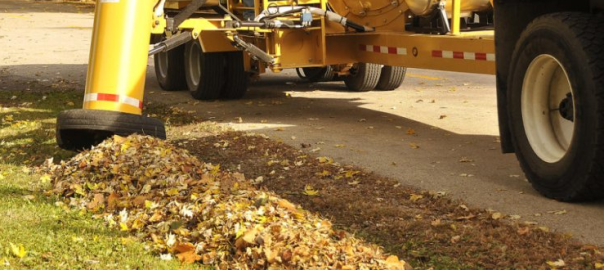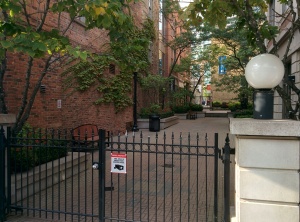Canada continues to steadily move toward flattening the curve, but it has not yet reached that point. Ontario and Quebec continue to contribute about three quarters of newly confirmed cases of COVID-19 per day, and over the last week British Columbia has seen a slight reversal of the gains it has made over the three weeks prior.

Although there are many positive signs, including data showing that five provinces may be able to begin reducing physical distancing measures when a fast and reliable testing method available, Canada has yet to reach the all important point of inflection when we begin to see the curve actually start to flatten.
Continue reading The State of COVID-19 in Canada (2020-04-23)




